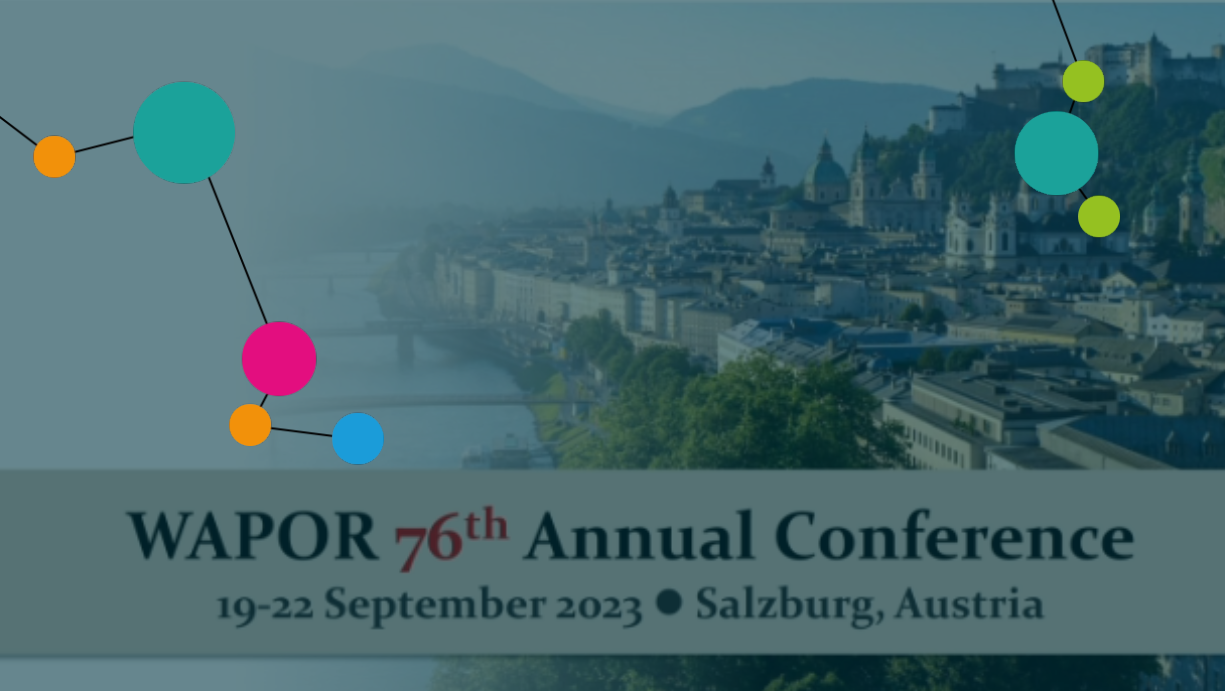About our Work
How and under what conditions do civil society actors engage in interaction dynamics that foster or break social cohesion? The project’s aim is to deliver transformative insights into the crucial, yet ambivalent, links between civil society and social cohesion.
The joint project implements an ambitious empirical research agenda on the ambivalent consequences of civil society for social cohesion.
It brings together researchers in the social sciences, the humanities, and computer science, from Freie Universität Berlin, Humbold-Universität zu Berlin and Technische Universität zu Berlin.
The joint project is funded by the Berlin University Alliance Grand Challenges: Exploration Projects Social Cohesion initiative.




Our research subjects

Social
Cohesion
Social cohesion is widely understood as a desirable feature of social formations and usually implies stability, solidarity, social integration, and some form of togetherness. The concept is used to characterize entities of various sorts, from small groups to local communities to nation-state societies. A family can be cohesive, a neighborhood, an organization, or a religious community can be, but we usually would not speak of cohesion as of a person. Etymologically, this is reflected in the concept’s roots in chemistry, where it describes forces of attraction that bind similar molecules to one another, as in a drop of water. In the social world, cohesion is widely deemed desirable because it implies low levels of intractable conflict, high levels of cooperation and integration, and strong communal and emotional bonds.

Civil
Society
The concept of civil society has a long tradition in political thought and public debate. Often, civil society is associated with ideas of the common good or desirable forms of human interactions. In our exploration project, we take a less normative and more sectoral approach to the phenomenon. We consider all voluntary associations of citizens (broadly defined) between the state and the market. These associations may range from recreational associations, environmental and human-rights interest organizations to social movement and protest networks. Importantly, we also consider what is labeled as ‘uncivil’ or the ‘dark side’ of civil society because we are interested in the ambivalent relations between interactions in civil society, social cohesion, and democracy.

Interaction
Dynamics
Interaction dynamics are part of everyday life as they occur in manifold settings and situations. These dynamics emerge naturally – often unconsciously – in social interactions between individuals and groups as well as in interactive processes between individuals and artificial agents (AI). Synchronization and co-regulation are two key mechanisms that regulate interactive processes. They can foster successful interactions, which in turn produce feelings of interpersonal closeness and cohesion. Synchronization is commonly understood as tendency to imitate each other’s emotional states and (nonverbal) behavior in social interactions. Co-regulation relates to cooperative behavior in social interactions as well as the ability to anticipate internal strategies and outcomes for anyone involved (self and other). As a result, both mechanisms – whether operating consciously or unconsciously – can shape the outcome of interactive processes. Sociodemographic factors and perceived social identities can determine if synchronization and co-regulation arise and foster social cohesion between individuals and groups.
News
“Virtues and Values” at the WAPOR conference
Research from the WP3 Discourses of Cohesion Team has recently been presented at the annual conference of the World [...]
The Rhetoric of Solidarity
The paper “The Rhetoric of Solidarity: Nature and Measurement of Social Cohesion in the Self?representation of [...]
Social Capital and Support in Covid-19
How social capital matters for receiving social support The Covid-19 pandemic has resulted in an [...]




